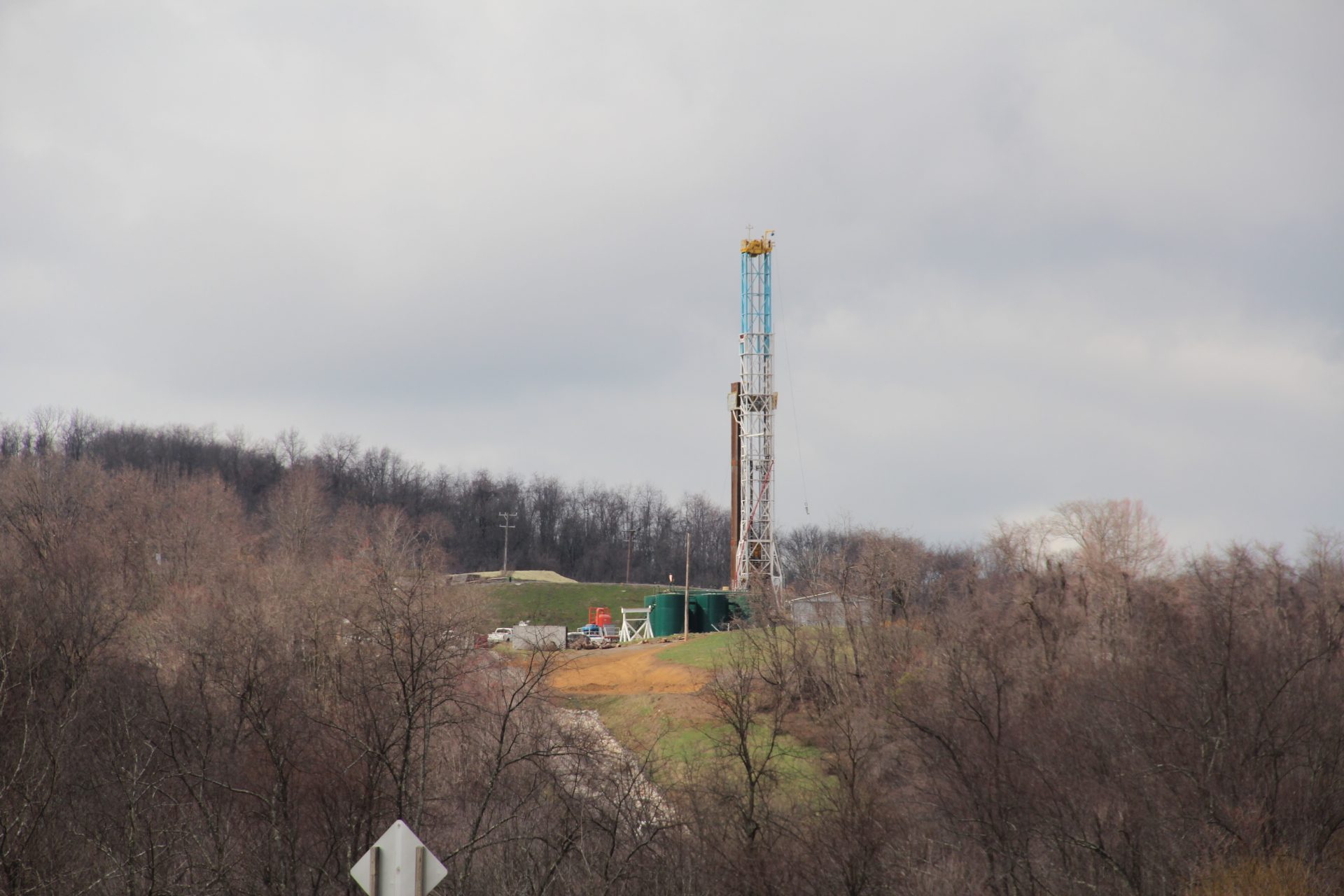Generally, the discussion about climate-changing emissions centers on carbon dioxide. But methane—a far more potent greenhouse gas and a key component of natural gas—has also been getting some scrutiny as of late.
In fact, the Environmental Protection Agency just finalized a rule to reduce methane emissions from oil and gas operations.
Recently, we chatted with Grace Hood, an energy reporter with Colorado Public Radio, to find out what’s in the new regulations.
LISTEN: “Inside the EPA’s New Rules on Methane Leaks”
The Allegheny Front: So what are the new regulations, and how significant are they for reducing greenhouse gas emissions?
Grace Hood: Well, the keystone of this new rule is leak detection and repair. But the key thing to keep in mind is that these rules deal with new and modified facilities. I think a lot of environmentalists are happy with it, but they also say that the majority of leaks come from existing sites. And that’s a rule that the EPA is just now looking at developing. So I think folks who are celebrating this rule are saying it’s a nice first step, but there’s still a long way to go.
AF: And does EPA really know how much methane is leaking from either new or existing oil and gas operations?
GH: Right now, it’s a bit of a moving target. We did see the greenhouse gas inventory was revised by the EPA, and they upwardly revised it quite a bit to reflect that there is a lot more methane leaking from oil and gas sites than previously thought. And the Environmental Defense Fund just released a pretty comprehensive survey of oil and gas fields, and they found quite a bit more methane leaking from oil and gas equipment than they had estimated in previous studies.
AF: Colorado was the first state to limit methane emissions from oil and gas operations. What have we learned so far from their example?
GH: We’ve learned quite a few things. Colorado implemented its rule about two years ago, and it was something that both industry and environmental groups came together on. Since that rule has been in place, state regulators have said they’ve seen about a 70-percent decline in the number of sites that need to be addressed. And the impetus in Colorado was the higher elevation and being in compliance with EPA ozone rules. And so when Colorado put its rule in place, the rule dealt with both new and existing well sites.
AF: So is it stricter than the EPA’s rules?
GH: It’s stricter in one sense, and that has to do with the number of required inspections. Colorado has this tiered structure they use to estimate the amount of emissions. So the largest sites require monthly inspections; whereas, EPA has a little bit different structure, and a lot of the sites see inspections twice per year. And the one thing Colorado has really learned is that leaks happen, but the key thing is getting inspectors and companies out in the field to detect those leaks and fix them. And a lot of times, it’s pretty easy to put those fixes in place.
AF: When you say inspections, is that by government inspectors or are the companies policing themselves?
GH: The state does have some inspectors, but not nearly enough. We have tens of thousands of sites across the state, so the state does do spot inspections, but the onus really is on companies. One company that I followed around has a team of more than 10 inspectors, and their sole job is just to go around to the oil and gas sites that they own to check for leaks.
AF: Well, here in Pennsylvania, the industry has said regulations like the ones Governor Tom Wolf has proposed will be too expensive and will hurt domestic production. Is that a fair assessment?
GH: I think that’s really up for debate. You talk to some of the bigger companies in Colorado, and I think they’re pretty happy with the way the state rule has played out. They also seem to want to keep regulation at the state level; they don’t want federal regulation. But in Colorado, it came down to about $40 million across all the companies to implement the new rule. And when I talked to the state, they said they haven’t heard a lot of complaints about costs. So the Colorado example seems to suggest that costs aren’t maybe as burdensome as industry is saying right now in other states.
AF: And it does save them money to reduce leaks, right?
GH: Exactly. And I think that’s part of the calculus in Colorado because methane is such a huge part of natural gas. Preventing leaks means more product in the pipeline. So it does benefit oil and gas companies to put some of these elements in place.
###
Grace Hood covers energy and environment for Colorado Public Radio.

